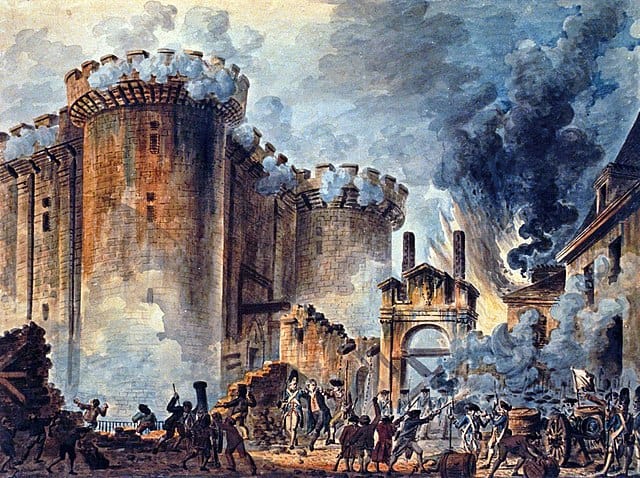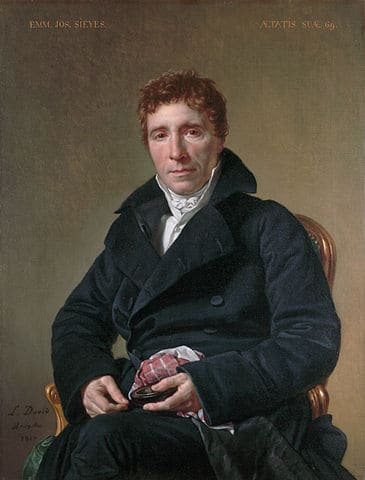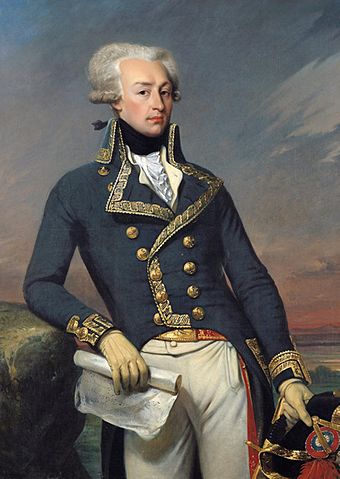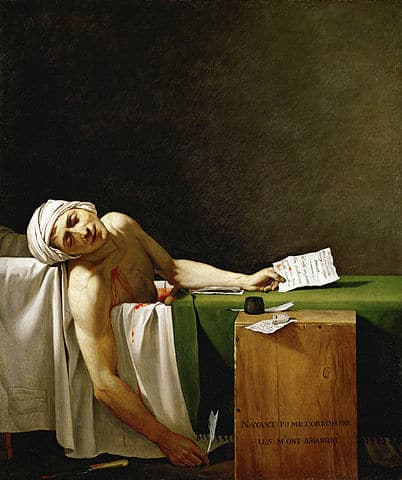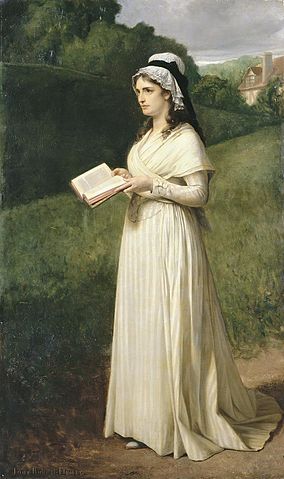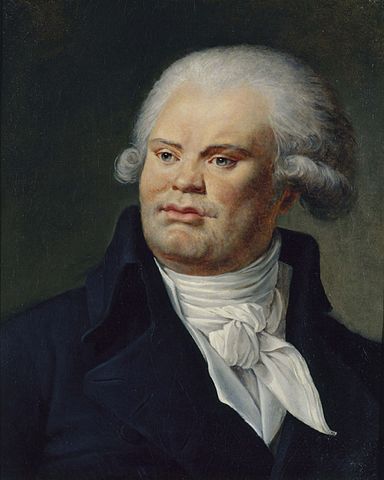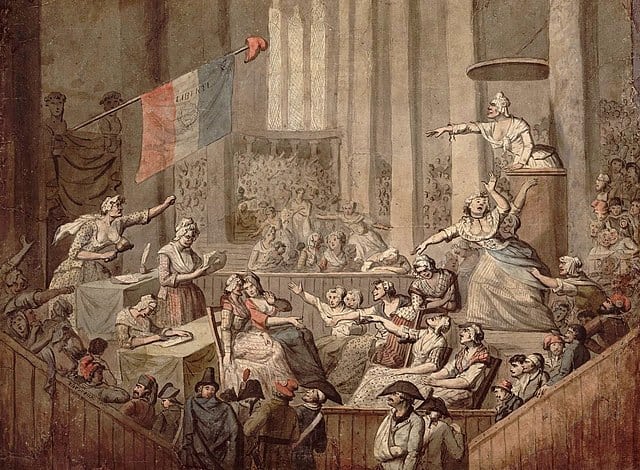Top 10 famous French Revolutionaries
The French Revolution changed the course of French history in the 18th century. The people of France were fed up with the way the monarchy was ruling the country and spending their tax money. Things came to a head on July 14, 1789 when crowds of people stormed the Bastille prison, freeing prisoners and stealing weapons.
From there, the king and queen were captured, more riots took place, and a new group of people took control: the Revolutionaries.
There were several French citizens responsible for the French Revolution, and the Reign of Terror that followed. I’ve done some research to bring you my top 10 famous French Revolutionaries!
1. Emmanuel-Joseph Sieyès
Emmanuel-Joseph Sieyès was an important French writer and clergyman of the 18th century. Before the French Revolution began, the French population was split into three different “estates.” The first estate was the clergy, the second estate was the monarchs and nobility and the third estate was everyone else. The third estate made up 98% of the population.
In 1789, Sieyès published a political pamphlet, calling for ample representation for the third estate. While Sieyès was a member of the first estate himself, he recognized a growing need for the third estate to become more involved in politics, and for legitimate representation for such a large part of the French population.
Sieyès’ pamphlet was widely read and caused quite the stir in France, helping to drive the people towards revolution. He was named Director of France by his fellow Revolutionaries in 1799, but he also played a huge role in the end of the Revolution.
Along with Napoleon Bonaparte, he overthrew the now corrupt Revolutionary government in late 1799, signalling the end of the war with the Coup of 18 Brumaire. He was then named Consul of the French Republic. Sieyès was involved in the French Revolution truly from the beginning to end.
2. Marquis de Lafayette
My American history buffs will probably recognize the name Lafayette. Before he got involved in the Revolution in his home country, he fought alongside American soldiers for American independence in 1776.
Upon his return to France in 1787, there were stirrings of the French Revolution. Lafayette quickly got involved in the movement, and worked closely with Sieyès to produce the Declaration of the Rights of Man and of the Citizen in 1789. The Declaration mapped out the values of the French Revolution, and would go on to impact the growing sense of democracy across Europe.
Lafayette often bumped heads with the more radical Revolutionaries, and was eventually labeled a traitor when the royal family nearly escaped France in 1791. He fled from France to avoid arrest, and was arrested in Austria where he was held captive for 5 years. He was eventually welcomed back to the country after Napoleon’s coup.
3. Maximilien Robespierre
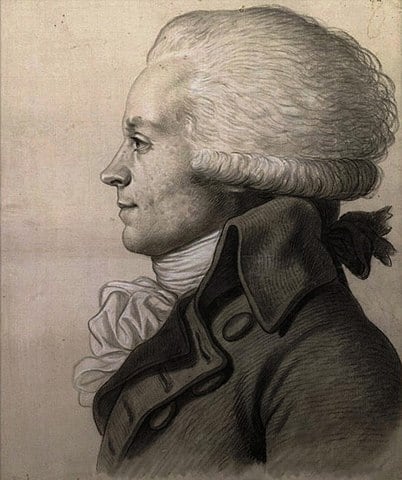
Physionotrace of Maximilien Robespierre, unsigned drawing formerly attributed to Antoine-Paul Vincent – WikiCommons
Even if you’ve never really studied the French Revolution, I wouldn’t be surprised if you have already heard the name Maximilien Robespierre. He is considered to be one of the most famous and influential people of the French Revolution. Spoiler alert: he was one of the most violent and radical Revolutionaries, too.
It seems that Robespierre came from a good place. He was known as an advocate to the poor, he wanted price controls placed on every day commodities, and the abolition of slavery in the French colonies.
When the French Revolution began, it was made up of two different groups within the Revolutionaries: the Girondins and the Montagnards, or Jacobins. In 1791, the Girondins called for a war against Austria and Prussia, and the Montagnards were against it. Robespierre was the leader of the Montagnards.
The two groups clashed until 1793 when Girondins were removed from power, and Robespierre took control with the Montagnards. This change also marked the beginning of the Reign of Terror, with Robespierre at the head. At this point in the French Revolution, things began to get really violent and many people were sent to their death with the guillotine. Over 40,000 people were killed under Robespierre’s orders.
Things had clearly gotten out of hand. People lived in fear of Robespierre and the guillotine and began to conspire against him. He was sent to the guillotine himself in 1794, which brought an end to the Reign of Terror.
4. Louis-Antoine de Saint-Just
Louis-Antoine de Saint-Just is another Revolutionary with good intentions gone wrong, and would eventually meet his fate with the guillotine.
Saint-Just was just 25 years old when he became involved in the French Revolution. He is best known for heading the movement that led to the king’s death. He called that the king be tried as a traitor under the name of Louis Capet.
After the king’s death, Saint-Just wrote the French Constitution of 1793. He formed a close relationship with Robespierre and helped him carry out the Reign of Terror. He was even known to many as the “Angel of Death,” as he had no scruples in sending supposed traitors to their death.
Saint-Just fell with Robespierre and the two were guillotined on the same day.
5. Claire Lacombe
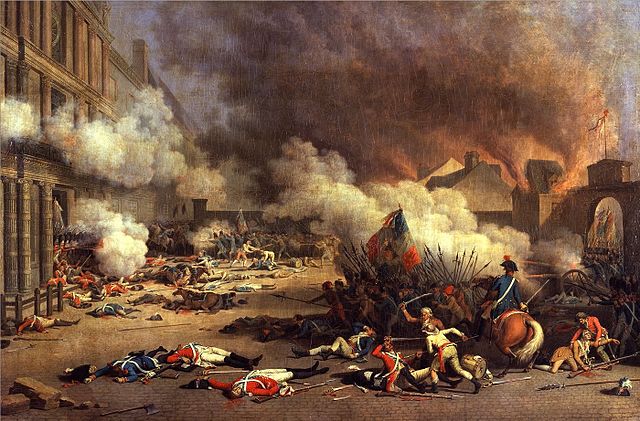
Storming of the Tuileries on August 10 1792 during the French Revolution by
Jean Duplessis-Bertaux – WikiCommons
Claire Lacombe is most well known for her role in founding the women’s revolutionary group, the Society of Revolutionary Republican Women. She formed the group in 1793 with another Revolutionary on my list, Pauline Léon.
Before that, on August 10, 1792, the Tuileries Palace (which was located next to the Louvre Palace and was destroyed in a fire in the 19th century and was never rebuilt) was stormed by a group of Revolutionaries. Lacombe was present, and even after she was shot in the arm she kept fighting. Thanks to her bravery, she would go on to be known as the “Heroine of August Tenth.”
She quickly became more involved in the Revolution, where she would meet Léon and start the Society of Revolutionary Republican Women. The group was made up of mostly working-class women that worked in the markets of Paris, and they were associated with other radical groups at the time, like the sans-culottes an enragés.
At the start of the Reign of Terror, Robespierre and his followers worked to eradicate radical Revolutionary groups, Lacombe’s included. The Revolution became more focused on men’s rights and not women’s, and the Society of Revolutionary Republic Women fought to remain in existence.
Eventually the male Revolutionaries came out ahead, as did their needs. Lacombe was arrested and then released, but in October 1793 all women’s groups were banned. Lacombe was not sent to her death, but after she was released from prison in 1795 she was not mentioned again in any historical accounts.
6. Jacques-Pierre Brissot
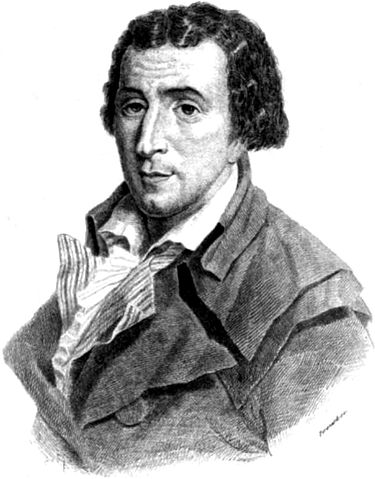
Jacques Pierre Brissot (1754-1793), journalist and politician the French Revolution by Léonard Gallois – WikiCommons
I’ve already introduced you to the leader of the Montagnards, Robespierre. Jacques-Pierre Brissot was considered to be one of the most important leaders of the opposing group, the Girondins.
Before I get into the details of Brissot, I want to tell you a bit more about these two revolutionary groups. The Montagnards were the more radical of the two, and campaigned for the needs of the working and poor classes. The Girondins were much more conservative, and the group was made up of merchants, business men and financiers.
Brissot was an important member of the new National Convention, which was the first government of the French Revolution. But, when the Montagnards came into power, he was accused of being a traitor and was guillotined in 1793.
7. Jean Paul Marat
Jean Paul Marat was an important journalist during the French Revolution. He was in charge of the radical periodical, L’Ami du peuple (The Friend of the People). He often published articles that advocated for the poor class in France.
In addition to his journalism, Marat was deeply involved in many revolutionary events. This included the Women’s March on Versailles and the September Massacres. Marat also made it his mission to fight against the Girondins.
He published several articles criticizing the more conservative revolutionaries, and was not afraid to speak his mind. Some scholars say that the Revolution took a more radical direction because of his writings and influence. In 1793, he was killed by a Girondin supporter named Charlotte Corday. Corday was then guillotined herself four days later.
8. Charlotte Corday
I’ve already briefly mentioned what Charlotte Corday is most famous for: the assassination of Jean Paul Marat. I want to tell you a bit more about how Corday ended up there.
Corday was a supporter of the Revolution, but she felt more closely linked with the conservative Girodins. She was horrified at the violent and radical turn the Revolution was taking, and like many others, placed the blame on Marat. In her confession, she even goes on to say that she killed Marat “to save a hundred thousand.” In her mind, the violence would end with Marat’s death.
Marat was known to have a skin condition with which he was required to take medicinal baths. Corday went to Marat’s residence and was admitted under the premise that she had information about a Girondin uprising. Marat received her while he was in the bathtub, and after Corday had finished giving him the fake information, she stabbed him. He died soon after.
Corday was quickly arrested, tried and sent to the guillotine. She died four days after Marat’s murder.
9. Georges Danton
Several popular clubs emerged during the French Revolution, with the aim of bringing together fellow Revolutionaries. Georges Danton was the leader of the Cordeliers Club, and under his leadership the club became a powerful political force.
Danton played a large role in the August 10th storming of the Tuileries Palace, which led to the arrest and capture of the king and royal family. Well, he took credit for the storming at least. Historians are unsure of his actual role in planning the attack.
After the storming of the Tuileries Palace, Danton was appointed the first president of the Committee of Public Safety, which was the government set in place during the Reign of Terror. However, like many, the Montagnards eventually turned on Danton and he was sent to the guillotine in 1794.
10. Pauline Léon
I have already briefly mentioned Pauline Léon: she, along with Claire Lacombe, founded the Society of Revolutionary Republican Women. Léon grew up in Paris, and it is thought that she became involved in the Revolution after seeing leaders of a bread riot executed.
Léon went before the Legislative Assembly in 1792 on behalf of Parisian women. She called for the formation of a women’s militia, so that the women of France could also fight for the Revolution. In 1793, she formed the Society of Revolutionary Republican Women with Claire Lacombe.
Additionally, Léon was a leader of Femmes Sans-Culotte (the female version of the sans-culottes radical group), and also attended the Cordeliers Club frequently. She was also married to the leader of the enragés, Théophile Leclerc.
Léon and Leclerc were arrested in 1794, and after her release nothing more is known about her life.
Conclusion
The French Revolution was a tumultuous time in French history, and there were an innumerable amount of people involved. I hoe you’ve enjoyed learning a bit more about my favorite top 10!
If you want to learn more about the French Revolution when you’re in Paris (where so much of the action went down!), I encourage you to take a look at the walking tours we offer. Our expert local guides are sure to know even more about the Revolutionaries I’ve mentioned! Click here to learn more and make your booking.
Planning a trip to Paris ? Get ready !
These are Amazon’s best-selling travel products that you may need for coming to Paris.
Bookstore
- The best travel book : Rick Steves – Paris 2023 – Learn more here
- Fodor’s Paris 2024 – Learn more here
Travel Gear
- Venture Pal Lightweight Backpack – Learn more here
- Samsonite Winfield 2 28″ Luggage – Learn more here
- Swig Savvy’s Stainless Steel Insulated Water Bottle – Learn more here
Check Amazon’s best-seller list for the most popular travel accessories. We sometimes read this list just to find out what new travel products people are buying.

